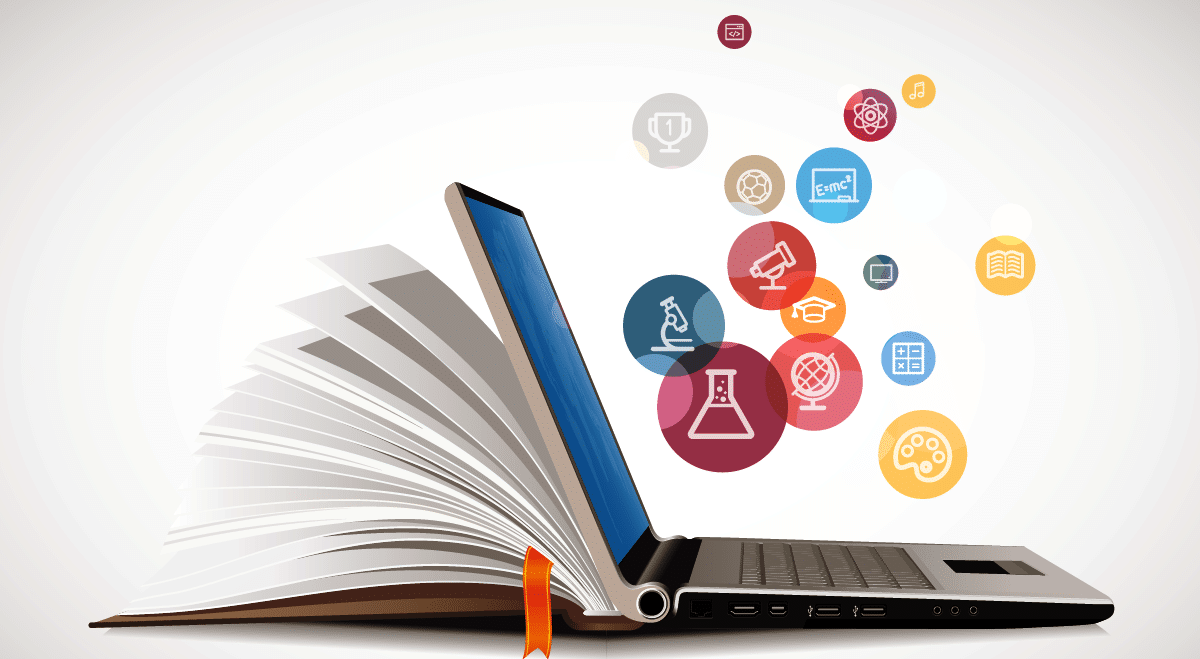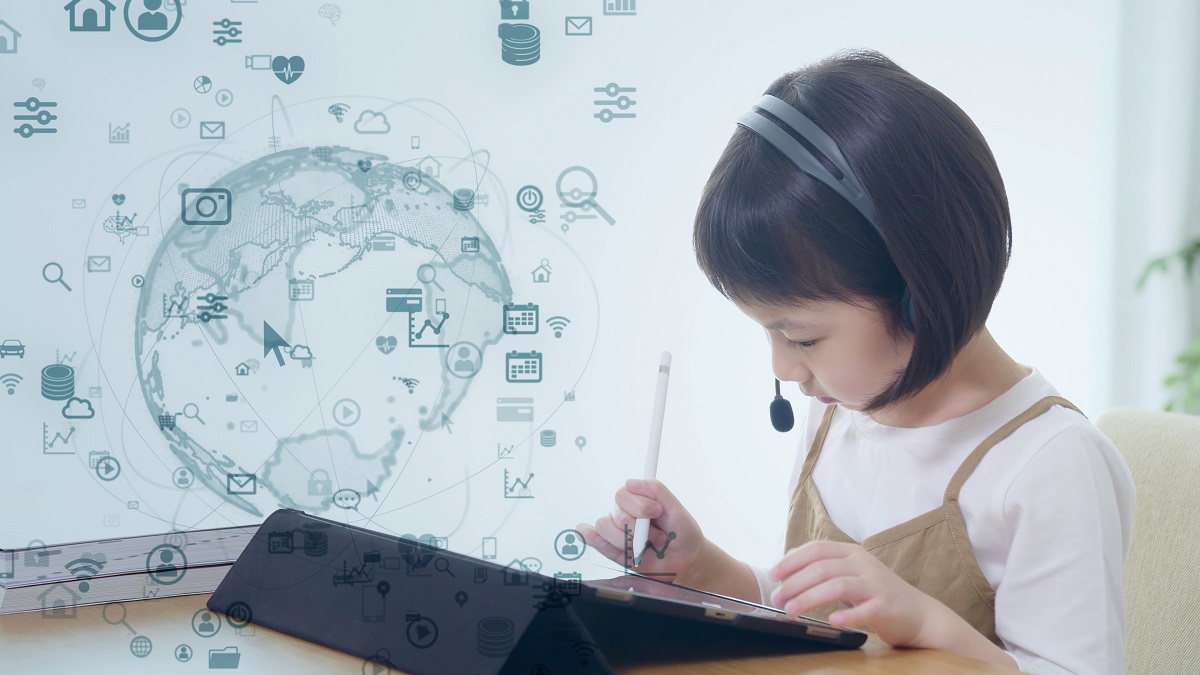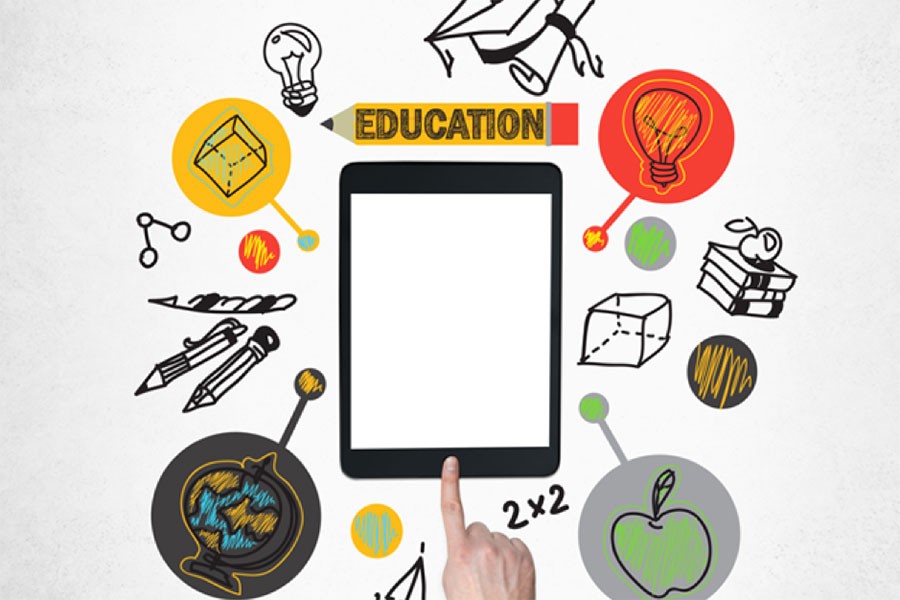Increase Your Expertise with Education Resources Tailored to Your Demands
Increase Your Expertise with Education Resources Tailored to Your Demands
Blog Article
Comprehensive Service Guides for Progressing Modern Technology Education in Schools and Colleges
The combination of modern technology education into school and university curricula has actually come to be a critical important in preparing students for a significantly digital workforce. What details strategies can be adopted to optimize their influence on both teachers and pupils?
Relevance of Innovation Education And Learning
As technology proceeds to advance at an unprecedented pace, the significance of innovation education and learning has actually ended up being progressively apparent in today's society. The assimilation of innovation into different elements of life necessitates that people possess a foundational understanding of technical principles and applications. This understanding not only enhances employability yet additionally cultivates critical thinking and analytical skills vital for navigating a dynamic workforce.
In schools, innovation education gears up pupils with the capability to adapt to rapid modifications in sectors driven by advancement. It encourages creativity and equips students to engage with arising innovations, from expert system to data analytics. Technology education advertises digital proficiency, which is crucial in an era where info is readily available yet often misleading.

Secret Parts of Effective Guides
Effective guides for technology education and learning should include several vital components to guarantee that students acquire the most from their experiences. A distinct educational program is vital, describing the goals, learning outcomes, and the abilities to be established. This educational program must be regularly upgraded to show the swiftly advancing technical landscape, ensuring significance and applicability.
Second, thorough resources that consist of books, on-line products, and hands-on tools are vital. These sources ought to be easily accessible and varied, satisfying different discovering preferences and styles. Furthermore, integrating real-world circumstances and study can improve understanding and interaction.
Third, analysis approaches should be included to assess learner progress successfully. These assessments must be differed, including formative and cumulative assessments that straighten with the learning objectives.
Additionally, professional advancement possibilities for educators are important. Educating programs and workshops can gear up instructors with the most recent pedagogical techniques and technological advancements.
Finally, fostering a collective learning environment urges peer communication and knowledge sharing. By including these key elements, overviews for modern technology education and learning can significantly boost the knowing experience, preparing students for future challenges in a significantly electronic globe.
Building Industry Collaborations
Structure strong sector partnerships is an important facet of boosting innovation education. These collaborations between universities and companies develop a dynamic ecosystem that profits teachers, companies, and pupils alike. By fostering connections with market leaders, institutions and colleges can straighten their educational programs with the evolving needs of the work market, guaranteeing that students obtain appropriate skills and knowledge.
The growth of internships, apprenticeships, and mentorship programs serves as a keystone of these partnerships. Such opportunities offer students with hands-on experience, boosting their employability and sensible understanding of technology applications. Additionally, sector partners can offer insights into emerging fads and technical developments, permitting educators to adjust their training approaches as necessary.
Furthermore, partnerships can promote accessibility to sources, such as tools, software application, and funding for research study jobs. These payments improve the discovering setting and enable institutions to stay at the leading edge of technological advancement. Eventually, developing durable sector collaborations is vital for cultivating a knowledgeable labor force that satisfies the requirements of today's quickly transforming technical landscape, while additionally driving financial development and competition in the more comprehensive area.
Implementing Modern Technology Programs
Applying technology programs within schools needs a calculated method that prioritizes both educational program growth and source appropriation. To launch successful technology integration, institutions need to first assess their existing facilities and determine voids in sources, consisting of equipment, software, and workers training. This evaluation enables institutions and colleges to create a tailored plan that aligns with their details instructional objectives.
Next, it is necessary to establish an extensive curriculum that incorporates emerging modern technologies and sector requirements. Teaming up with instructors, sector professionals, and stakeholders can ensure that the curriculum remains reliable and relevant in preparing trainees for the labor force (Education). In addition, expert growth for professors is essential, as it gears up Source educators with the abilities required to properly educate new modern technologies
Moreover, institutions should highlight the value of hands-on learning experiences, such as workshops and laboratories, that enable pupils to use academic expertise in useful settings. This experiential approach improves interaction and promotes essential thinking. Lastly, safeguarding sustainable funding through grants and partnerships can aid preserve and expand innovation programs, making certain long-lasting success and flexibility in an ever-evolving technological landscape.
Gauging Success and End Results
Evaluating the success and outcomes of innovation education and learning programs is important for verifying their effect and guiding future enhancements. Reliable dimension frameworks should incorporate both qualitative and measurable metrics, giving a comprehensive view of program efficiency. Key efficiency indicators (KPIs) such as pupil enrollment numbers, retention rates, and training course completion percents supply valuable measurable information.

Incorporating standardized assessments can even more assess students' technical expertises and preparedness for the labor force. Benchmarking versus comparable organizations permits contextually relevant contrasts, highlighting locations for development.
Inevitably, the constant evaluation of innovation education and learning programs cultivates a culture of renovation, guaranteeing that they advance in positioning with industry demands and educational criteria. By methodically gauging success, institutions can not just show responsibility to stakeholders but likewise enhance their offerings, therefore enriching the learning experience and preparing students for the ever-changing technological landscape.
Conclusion

The integration of modern technology education right into institution and university curricula has become a crucial vital in preparing trainees for a progressively digital workforce.As innovation proceeds to develop at an unmatched pace, the importance of modern technology education and learning has ended up being significantly noticeable in today's society.In academic organizations, technology education gears up students with the capability to adapt to rapid adjustments in markets driven by advancement. By focusing on technology education and learning, institutions can grow a generation of informed citizens capable of leveraging modern technology for individual and societal innovation. The application of robust analysis approaches makes it possible for institutions to measure success and outcomes, ultimately enhancing the total efficiency of innovation education and learning initiatives and preparing pupils for future difficulties.
Report this page